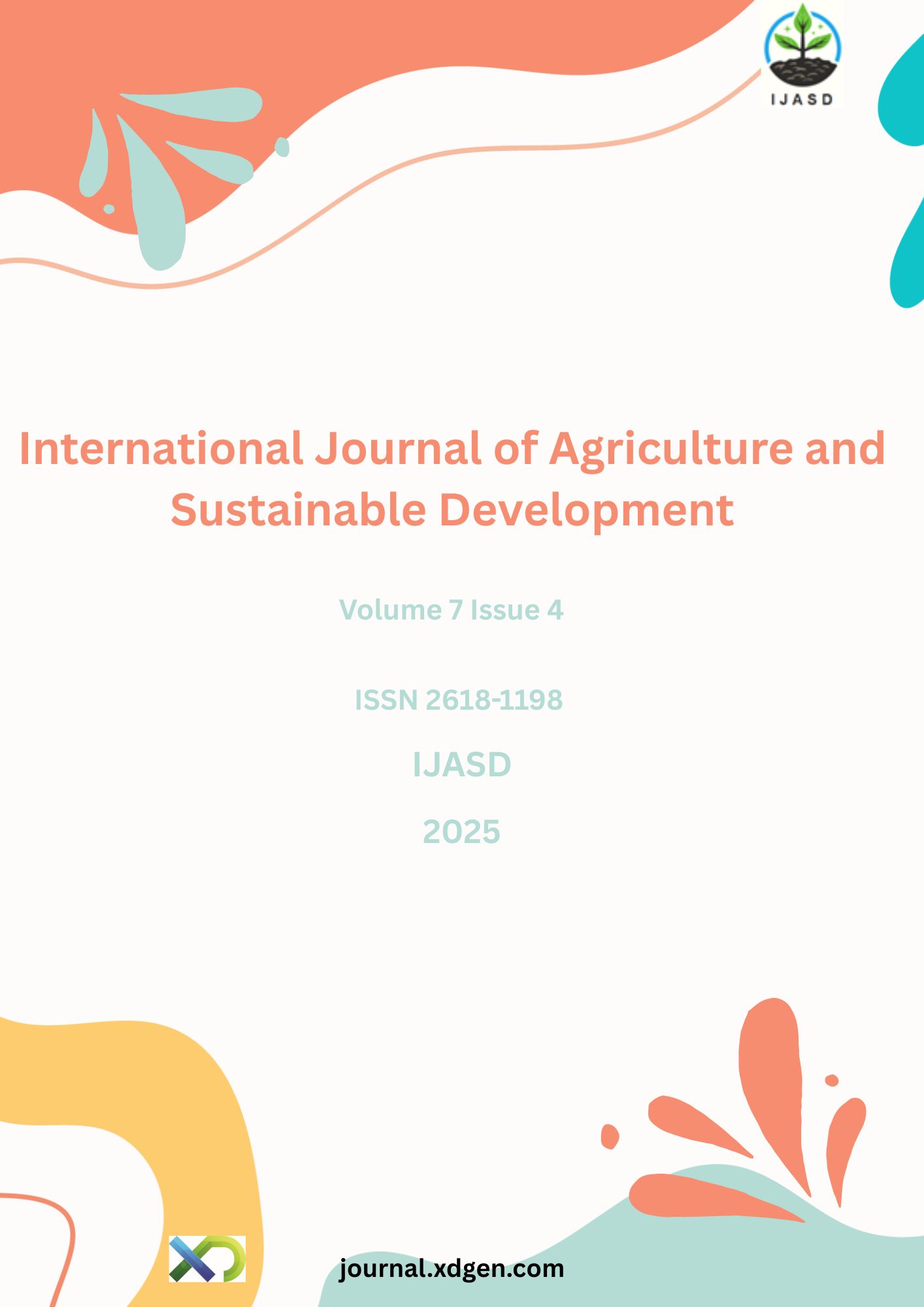Response of Turnip to Sowing Dates and Phosphorus Levels
Keywords:
Turnip (Brassica Rapa L.), Sowing Dates, Phosphorus Levels, Root Length, YieldAbstract
The present experiment entitled “Response of turnip to sowing dates and phosphorus levels” was conducted during (2020-2021) at the Horticulture Research Farm, The University of Agriculture, Peshawar. The experiment was carried out using a Randomized Complete Block Design with a split-plot arrangement having three replications. Different sowing date’s i.e., (1st, 15th, 30th October), were taken in the main plot while phosphorus levels, i.e., (0, 25, 50, 75, and 100 kg ha-1), were taken in the sub plot. The data was observed on days to emergence, number of leaves, leaves weight, root length, root weight, root diameter, yield plot-1, and yield (tons ha-1). Sowing dates and phosphorus levels have significantly affected all the studied parameters. Maximum number of leaves plant-1 (13), leaves weight (172.8 g), root length (12.8 cm), root weight (206.1 g), root diameters (8.9 cm), yield plot-1 (9.4 kg), and yield (20.1 tons ha-1) with minimum days to emergence (4) were recorded in plants sown on 1st October. Highest number of leaves (14), leaves weight (177.9 g), root length (14 cm), root weight (213.6 g), root diameters (9.4 cm), highest yield plot-1 (10.1 kg) and yield (21.8 tons ha-1) with minimum days to emergence (5) were recorded in plants treated with phosphorus at 100 kg ha-1. The interaction between sowing dates and phosphorus levels was found to be non-significant. It is concluded that seed sown on (1st October) and phosphorus levels (100 kg ha-1) have significantly improved the growth and yield parameters of turnip and hence are recommended for turnip growers in Peshawar.


















